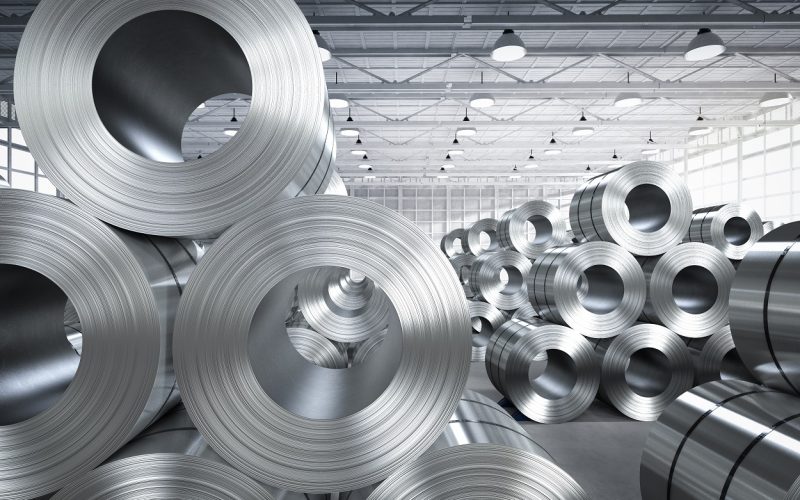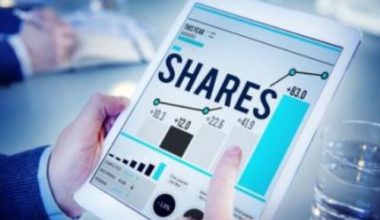Global aluminium demand has consistently grown from the lows of the pandemic-led fall. Although there were several challenges such as high energy cost and geopolitical issues that disrupted supplies, aluminium demand continues to recover on a rather stable trajectory. The demand for aluminium, which is used in numerous industries ranging from the consumer products to the automotive sector, soared when industrial operations resumed in China following the relaxation of Covid-19 lockdowns. Also, in 2023, it is anticipated that major economies would use more recycled aluminium in an effort to reduce carbon emissions and meet the growing demand for sustainability.
Europe is still battling with the energy crisis and they are looking for alternative suppliers of crude oil and natural gas. The energy crisis which started in 2021 got worse after Russia invaded Ukraine last year, and has passed its peak, but is still having an impact on the highly energy intensive aluminium production. Subsequently, Europe’s aluminium output witnessed a 12.5 percent decline in 2022.
China’s yearly output of aluminium in 2022 increased by 4.5 percent from the previous year to a record high of 40.21 million tonnes owing to newly launched capacity and the easing of power supply constraints. By the end of January 2023, China’s aluminium operating capacity was 40.26 million metric tonnes, down 170,000 metric tonnes from the end of 2022 but 1.87 million metric tonnes greater than a year earlier. As of now, China’s aluminium production capacity has essentially reached its maximum and the capacity utilisation rates have been limited as a result of the “dual carbon” target of reaching peak carbon emissions before 2030 and achieving carbon neutrality before 2060. As thermal power is the main energy source for China’s energy intensive aluminium sector, its manufacturing process results in significant energy use and carbon emissions. Therefore, energy consumption ceilings for aluminium and alumina production per unit of product, were jointly announced by the State Administration for Market Regulation and the Standards Administration of the People’s Republic of China. And this will be effective from 1January 2024.
India has emerged as the second largest aluminium producing country pushing Russia to third position, with consistent growth in output in recent years. Its production surpassed Russia in 2021 with a total of 3.97 million metric tonnes. India’s production of aluminium climbed once again in 2022 to 4 million metric tonnes. The Indian business was previously troubled by worries that a ban or restrictions on the volume of scrap aluminium imported by China may have an effect on Indian exports. The worries had eased in late 2020 as the Chinese government relaxed the import stipulation.
Meanwhile, Russia produced 3.7 million metric tonnes of aluminium in 2022, which is slightly higher than 3.64 million metric tonnes in 2021. Russia was the source of 6 percent of the aluminium imported into the US in 2021. Russia’s aluminium supplies to the US and the rest of the world is now facing restrictions due to its aggressive war against Ukraine and the sanctions that followed. The industrial metal remains susceptible to the US government’s embargo on Russian aluminium. Russia is the world’s third-largest producer of aluminium and a significant supplier of raw materials to American markets. The US government imposed a 200 percent tariff on aluminium produced in Russia effective from March 10, 2023. This led to Canada’s ban on Russian aluminium and steel imports. Furthermore, Switzerland-based commodity trading and mining company Glencore announced that it will not renew its USD16 billion deal with Russia’s largest aluminium producer, United Co Rusal International, which is due to expire next year.
Russia, the third-largest producer of aluminium in the world, has been dumping products on the US market below cost, hurting US firms. The US and its western allies have been working nonstop to reduce Russia’s influence as a major producer of commodities on the world stage. The new round of sanctions is aimed at products and entities from Russia and came a year after Russia invaded Ukraine. It resulted in large tariff increases on more than 100 products, the sanctioning of more than 100 organisations, including those in the mining and metal industry, and the implementation of new export regulations. This alert focuses on those activities that could have worldwide repercussions and have an impact on the Russian mining and metals industry. The US industries will have to look into potential alternate sources of supplies as the metal is used to create a wide range of products from beverage cans to aeroplane parts.
Meanwhile, China’s primary aluminium imports in 2022 totalled 667,992 tonne, out of which 69 percent was from Russia. Owing to increasing demand for the metal from Chinese electric vehicle manufacturers, Russian aluminium giant Rusal has been seeking to export additional low-carbon aluminium to China. China has also increased imports even after Western countries announced sanctions on Russia. China’s aluminium imports from Russia more than tripled in the first two months of this year with a 266.2 percent surge, as buyers eyed rising Chinese demand and after Western firms shied away from trading Russian metals. Total imports from Russia into the world’s top aluminium consumer were 105,300 tonnes for January and February combined, up from 28,759 tonnes in the same period a year ago. The total value for January and February imports was USD 248.39 million, or an average price of USD 2,359 a tonne. The benchmark aluminium contract on the London Metal Exchange registered an average price of USD 2,644 and USD 2,373 a tonne in January and February, respectively.
As for the year 2023, a major concern arises from the possibility of a global economic slowdown and high inflation that could potentially dampen the demand for industrial metal. The resilient monetary tightening measures from major central banks to curb inflation are expected to pressure economic growth. In contrast, China’s central bank maintained its benchmark lending rate at its lowest level in the past two decades to keep broadly accommodative monetary conditions to assist economic recovery. The recovery of industrial activities in China is expected to be a major contributor to the metal’s demand this year. Although the aluminium storage level in London Metal Exchange’s registered warehouses recovered from a two-decade low seen last December, further depletion of stocks is possible considering the rising demand for the metal. Besides, global aluminium supplies may remain affected due to the prevailing energy crisis in Europe and sanctions on Russian aluminium. Excluding Russian aluminium from the global supply demographic could offer room for gains in metal prices in 2023.







